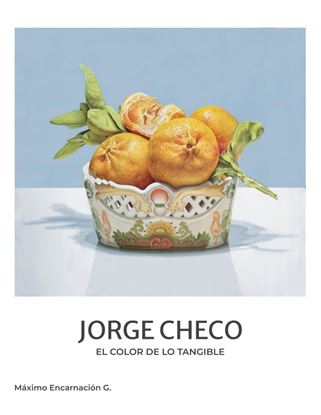

WINTERTIME TALES (VA) (GB)
Despite its chilly weather and barren landscapes, wintertime has inspired some of the most magical and heartwarming stories in history. This season of celebration, frost and snow, religion, tradition, and adventure has produced such holiday classics as Clement Moore’s ’Twas the Night Before Christmas, and such colorful tales as the account of a pre-Christmas Posada parade in Mexico City.
A Treasury of Wintertime Tales pays homage to this rich variety of winter storytelling with 13 tales dating from 1823 to 1972. Featuring authors and illustrators of American, German, Hungarian, Italian, Mexican, Norwegian, Russian, and Swedish descent, it includes stories about playful snowflakes that have come to life, losing one’s mittens, encounters with the Sami people in Northern Scandinavia, celebrating the Chinese New Year, and more.
Each tale has been chosen for its inspiring artwork and soulful plot, resulting in a carefully curated collection of adventure, community, and culture.
1,650
TODO BANKSY
Banksy es el artista vivo más famoso del mundo, pero nadie conoce su identidad. Durante más de veinte años, sus pinturas irónicamente políticas y de humor negro han aparecido misteriosamente en las paredes urbanas de todo el mundo generando titulares y controversia. Los críticos de arte lo desprecian, pero el público (y el mercado del arte) lo aman. Con este libro, generosamente ilustrado, la artista y crítica Carol Diehl es la primera autora en sondear las profundidades del misterio de Banksy. A través de la exploración de sus pinturas, instalaciones, escritos y la película "Exit Through the Gift Shop (Pase por la tienda de recuerdos antes de salir)", nominada a los Oscar a la mejor película documental, Diehl demuestra inequívocamente que Banksy es más que pintura en la pared.
1,700
OPERA SIGLO XX Y XXI. DE LA TRADICION A
La ópera 'no es una reliquia del pasado'; es un mundo vivo en el que se reflejan los cambios culturales y sociales. Así lo demuestra Tomás Marco en esta ambiciosa cartografía mundial del genero que recorre el último siglo y cuarto, aproximadamente, de su historia. De Puccini, Strauss y Janác?ek hasta Pedro Halffter, Michel van der Aa, Toshio Hosokawa o Rachel Peters, pasando por Schönberg, Britten o Stockhausen, a lo largo de estas páginas asistimos, fascinados, a la disolución de su forma decimonónica hasta sus mutaciones más experimentales. No se había escrito antes una obra de esta envergadura sobre la ópera de nuestros días. 'Durante el siglo XX, todo, sometido a una presión tremenda, saltó por los aires. Fue una lucha sin cuartel. Había que encontrar nuevos caminos que permitieran la supervivencia del genero. Se siguieron viejas fórmulas, se crearon otras nuevas, algunos creyeron que la ópera estaba muerta, que ya no servía, y se negaron a componer obras líricas; otros -la mayoría- aceptaron el reto y consiguieron en algunos casos resultados formidables.
1,700
MOTEROS TRANQUILOS, TOROS SALVAJES
Basado en cientos de entrevistas con los propios directores, pero también con productores, estrellas, agentes, guionistas, ejecutivos de los estudios, esposas y ex esposas, el libro de Peter Biskind narra día a día la epopeya de los jóvenes lobos de Hollywood, la génesis de sus películas y sus luchas contra el establishment.
Moteros tranquilos, toros salvajes es la espléndida crónica de ese viaje alucinante que fue Hollywood en los años setenta, la historia apasionante y verídica de la última gran edad de oro del cine americano, una exaltada celebración de la creatividad y la experimentación, pero también del sexo, las drogas y el rock and roll.
1,700
GEORGE LUCAS
George Lucas es uno de los cineastas más reconocidos y admirados de todos los tiempos. En este libro, David M. Buisán nos descubre la fascinante historia de su vida y obra. A través de sus vibrantes ilustraciones, podremos revivir escenas icónicas de las películas de Lucas, además de conocer detalles y curiosidades sobre la producción y realización de sus grandes trabajos y de otras obras menos conocidas.
1,750













